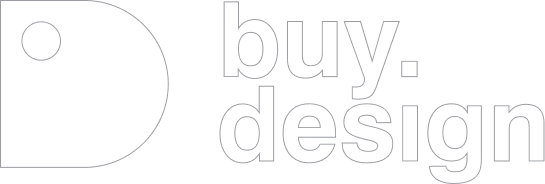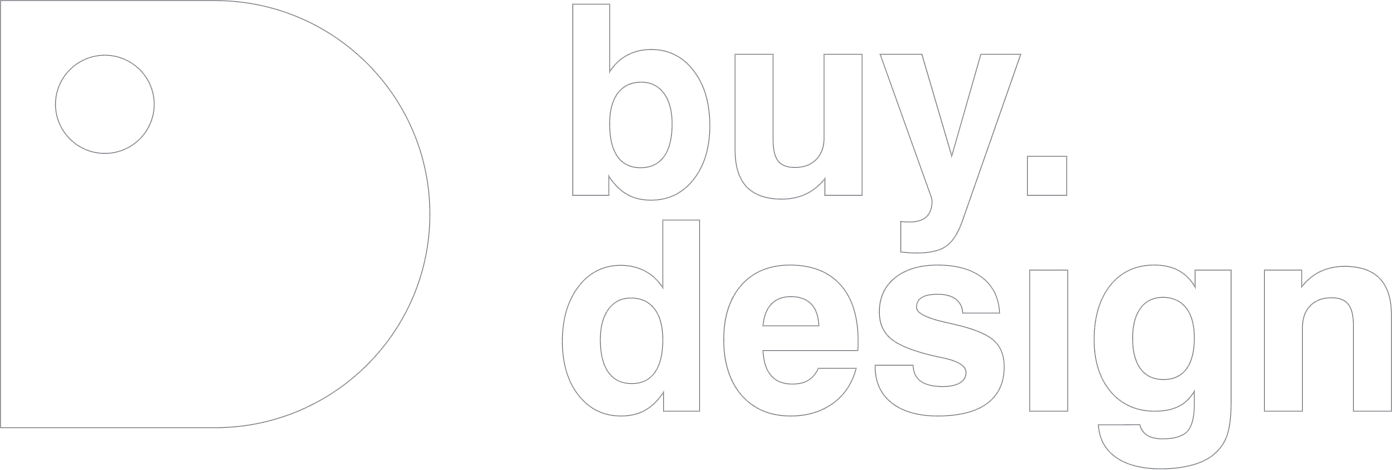



At Buy.Design, we rely on the 8pt grid system in every project we create for our clients, from concept through to completion. This grid system not only helps us maintain a clean, consistent design structure, but it also makes scaling for different screen resolutions and devices seamless. Here’s why the 8pt grid is one of the best frameworks to consider for UI design and how it can elevate the quality of your work.
In design, the term “pt” (point) represents the smallest unit of measurement. By using a grid where every increment is a multiple of 8 (8px / 16px / 24px / 32px / 40px / 48px / 56px), we’re able to easily scale and resize elements across devices without losing clarity or alignment. This is particularly useful for devices with Retina or Super Retina displays, where icons or other design elements need to be scaled precisely without compromising quality.


The 8pt grid simplifies responsive design, ensuring your layout looks consistent across various screen sizes and densities. The primary reasons designers use this grid are:
Using the 8pt grid with typography helps create a clear, readable structure. While font sizes may vary, aligning line heights to multiples of 8px ensures a consistent flow. For instance, if your paragraph font size is 16px, setting the line height to 24px (16px × 1.5) keeps spacing predictable and aesthetically pleasing.

Icons designed to fit within an 8pt grid are much easier to scale across different screen sizes. For example, a 16px icon, when scaled up by 2x, translates to 32px, while a 3x scaling produces a 48px version. Designing with these multiples allows icons to look sharp on both standard and high-density displays.

In most layouts, we use grids like Bootstrap’s 12-column grid for easy alignment and flexible layouts. Modifying Bootstrap with an 8pt baseline grid allows for enhanced spacing and alignment while still keeping it responsive. The 8pt grid also supports consistent gutters and spacing, which help maintain a balanced visual rhythm across columns and rows.

The 8pt grid supports consistent vertical and horizontal rhythm across your design. This is especially important for mobile screens, where space is limited, and a balanced vertical rhythm can improve readability and user flow. When setting your row height to multiples of 8px, the overall design maintains its integrity on any screen size.

Want to use the same setup shown in the images above? We’ve put together a free 8pt Grid System in Figma that you can download to help keep your designs consistent and well-aligned.
One way to simplify your design system is to set up spacing variables for small, medium, large, and extra-large gaps. These can be defined as multiples of 8, like 8px, 16px, 24px, and 32px, for easy reference. This approach makes updating or adjusting spacing across your design more intuitive, saving time and reducing the chance of inconsistencies.

Many popular devices have screen dimensions that are divisible by 8, making it the optimal unit for scaling. Even as screen resolutions become increasingly diverse, the 8pt grid remains versatile enough to adapt while preserving visual harmony. Other values like 6pt or 10pt lack this adaptability and can either overcomplicate or limit your design.
The 8pt grid is more than just a framework - it’s a design philosophy that encourages consistency, efficiency, and a polished user experience. By incorporating the 8pt grid into your projects, you’ll not only streamline your design process but also create visually cohesive products that scale beautifully across different devices.
At Buy.Design, the 8pt grid is our go-to tool for delivering exceptional design quality for our clients, and it’s a game-changer we highly recommend exploring in your own work.
Would you like more visual examples or links to supporting articles in the final version?

